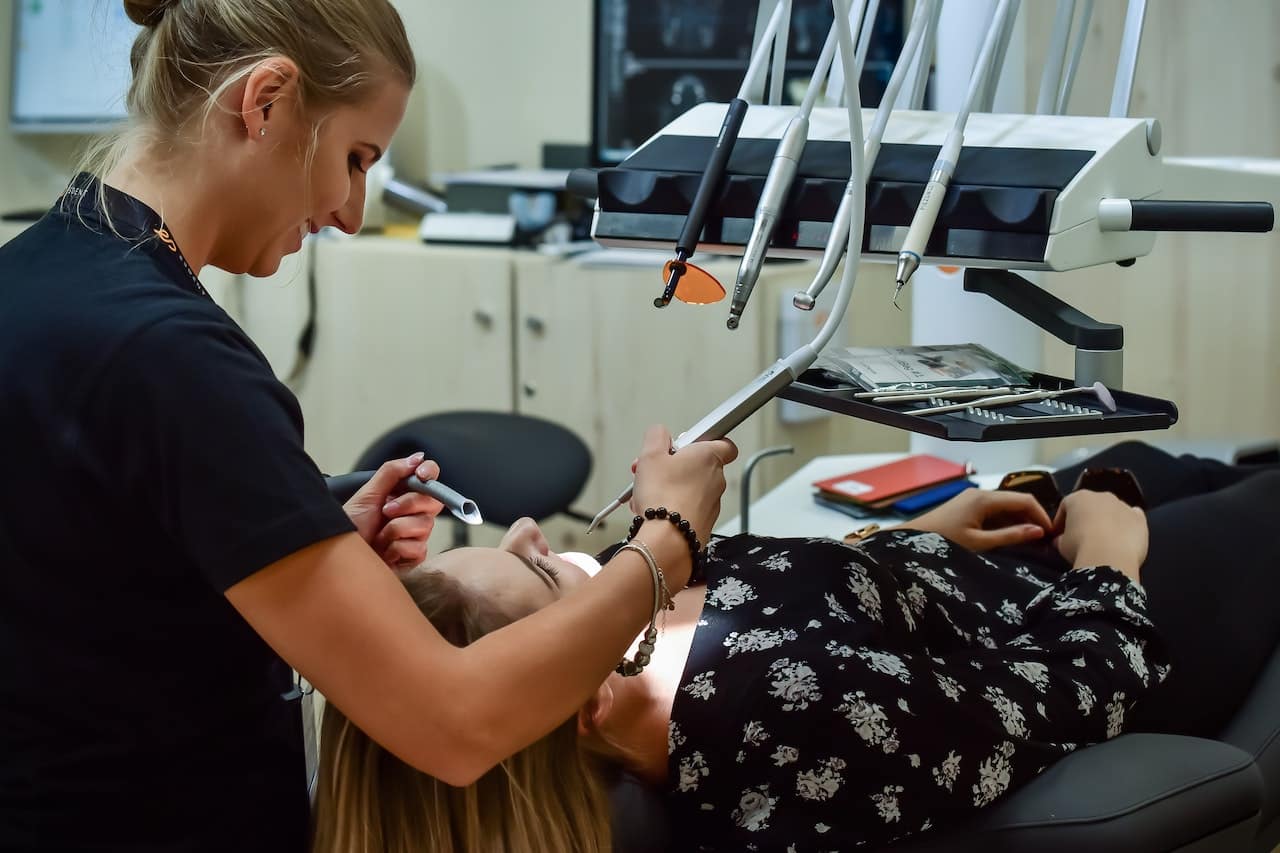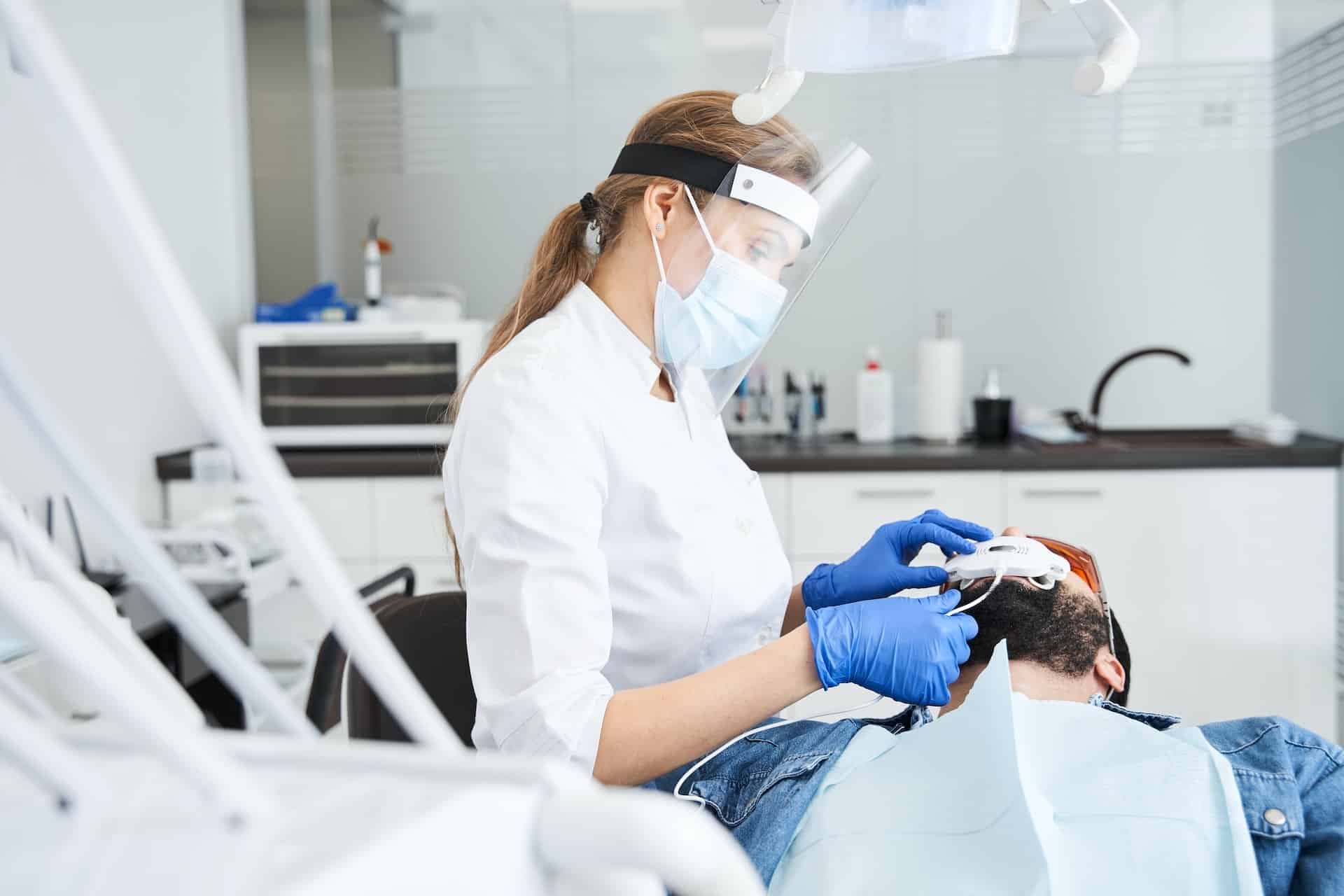A balanced diet plays a critical role not only in maintaining our overall health but also significantly impacts our oral health. The foods and beverages we consume daily can directly influence our dental well-being, and it’s crucial to understand the connection between diet and oral health.
At Pickering Dental Services, our team of experienced and dedicated dental professionals is passionate about educating our patients and equipping them with the knowledge they need to make informed decisions about their dental health.
In this comprehensive article, we will explore the impact of nutrition and diet on oral health and provide essential dietary tips and recommendations to help maintain and improve your dental well-being. From identifying the foods and drinks that can potentially harm your teeth and gums to discovering the beneficial elements of a balanced diet specifically for your oral health, we journey through this crucial connection to empower you to make the best choices for your overall dental health.
Pickering Dental Services provides a wide range of family dentistry services, including aesthetic treatments, sedation dentistry, crowns and bridges, tooth-coloured dental fillings, implant dentistry, and more. Our team of committed dental professionals is devoted to supporting and guiding our patients in every step of their dental care journey, including making informed dietary choices to promote optimal oral health.
Understanding the connection between nutrition, diet, and dental health allows you to make educated decisions and implement dietary strategies for a lifetime of strong, healthy teeth and gums.
How Sugary and Acidic Foods Affect Oral Health
One key factor to consider when evaluating the impact of nutrition on oral health is the consumption of sugary and acidic foods. These foods can contribute to tooth decay and erosion, increasing the risk of cavities, gum disease, and enamel loss. Here’s how:
1. Sugary Foods: When sugar comes into contact with the bacteria in your mouth, it creates an acidic environment that can demineralize tooth enamel. Prolonged exposure can lead to tooth decay, cavities, and tooth sensitivity.
2. Acidic Foods: Foods high in acid, such as citrus fruits, tomatoes, and certain beverages, can damage tooth enamel as well. Consuming these foods and drinks frequently can lead to dental erosion, making the teeth more susceptible to decay and other issues.
To maintain a healthy mouth, it’s essential to limit the intake of sugary and acidic foods and prioritize a balanced diet.
Beneficial Nutrients for Oral Health
Just as certain foods can have negative impacts on your oral health, a balanced diet rich in essential nutrients can promote dental well-being. Consumption of specific vitamins and minerals is crucial to maintaining healthy teeth and gums. Some of these beneficial nutrients include:
1. Calcium: This mineral plays a crucial role in strengthening tooth enamel and maintaining bone density in your jaw. Dairy products, leafy greens, and fortified foods are excellent sources of calcium.
2. Vitamin D: Vitamin D promotes calcium absorption and helps maintain healthy bones and teeth. You can obtain vitamin D through sunlight exposure and consuming foods like fatty fish and egg yolks.
3. Phosphorus: This mineral supports tooth structure and helps maintain calcium levels in your teeth. Good sources of phosphorus include nuts, seeds, whole grains, and lean meats.
4. Vitamin A: Essential for maintaining healthy gums and mucous membranes, vitamin A can be found in foods such as sweet potatoes, carrots, and leafy green vegetables.
Incorporating these nutrient-rich foods and others into your regular diet helps promote a healthy mouth and good overall health.
Staying Hydrated for Healthy Teeth and Gums
Drinking water not only contributes to overall health and hydration but also plays a crucial role in maintaining good oral health. Water helps wash away food particles and neutralizes acids produced by bacteria, reducing the risk of tooth decay and gum disease. Aim to drink water throughout the day and especially after meals to help maintain adequate salivary flow and aid in oral health maintenance.
Tips for Promoting Good Nutrition and Oral Health
By following these tips, you can positively impact your nutrition and oral health:
1. Eat a Balanced Diet: Prioritize fruits, vegetables, whole grains, lean proteins, and low-fat dairy products. Limit sugary and acidic foods, refined carbohydrates, and trans fats to promote overall and oral well-being.
2. Chew Sugarless Gum: Chewing sugarless gum after meals can help stimulate saliva production, which neutralizes acids, remineralizes tooth enamel, and washes away harmful bacteria.
3. Rinse with Water after Meals: If you’re unable to brush your teeth immediately after a meal, rinsing your mouth with water can help wash away food particles and minimize acid production.
4. Maintain Good Oral Hygiene: In conjunction with a healthy diet, maintaining proper oral hygiene by brushing and flossing daily and visiting your dentist for regular check-ups will help prevent dental issues and ensure a healthy smile.
Conclusion
Understanding the impact of nutrition and diet on oral health is essential for maintaining a healthy mouth and a radiant smile. You can significantly improve your dental health and overall well-being by focusing on a balanced diet, limiting sugary, acidic, and harmful foods, and staying hydrated.
The team at Pickering Dental Services is dedicated to providing our patients with the education and support necessary to make informed decisions and take control of their oral health. By incorporating these guidelines into your daily routine and working closely with your dental professional, you can achieve a lifetime of strong, healthy teeth and gums.
Contact us today to learn more about our dental services in Pickering.










